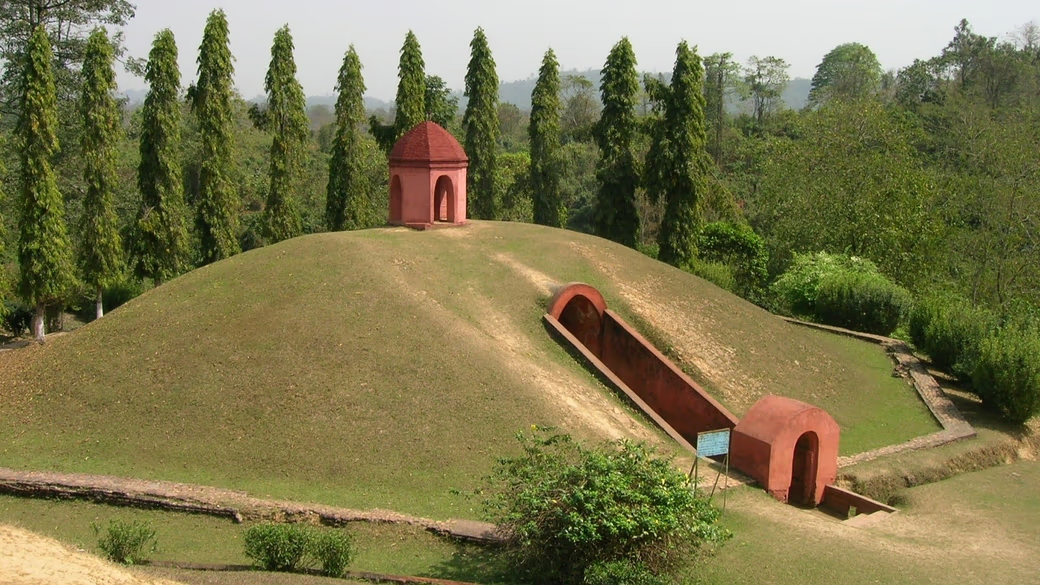
The Moidams of the Ahom Dynasty at Charaideo district in Assam has been announced as India’s 43rd World Heritage Site on the day of Kargil Vijay Diwas during UNESCO’s 46th World Heritage Committee session in New Delhi.
As we know United Nations Educational, Scientific and Cultural Organisation (UNESCO) has three categories of World Heritage Sites: Natural, Cultural and Mixed. The site has been added to the cultural category. Also, it is the first cultural heritage site from Northeast India.
ALSO READ- All Products of Google
What Are Moidams of the Ahom Dynasty?
The Assamese Moidams also written Maidams are the burial mounds of the Ahom kings, queens and nobility. According to an academic report from the Assam government, the name ‘Moidam’ originates from the Tai phrases ‘Phrang-Mai-Dam’ or ‘Mai-Tam’, which signify the burial and the spirit of the deceased.
These moidams are nearly 700-year-old earthen burial mounds of the Ahom dynasty, whose 600-year reign (from the 13th to the early 19th century) ended when the British occupied the area.
How Did the Custom of Moidam Burials Begin and End?
First Ahom King Chau-lung Siu-ka-pha was buried at Charaideo in accordance with Tai-Ahom customs, marking the beginning of the moidam burial tradition. The Ahom nobility continued to follow this custom. With the influence of Hinduism, the Ahoms eventually started cremating their deceased. However, certain priesthood orders and the Chao-dang clan (who serve as royal bodyguards) continue to perform Moidam burials.
